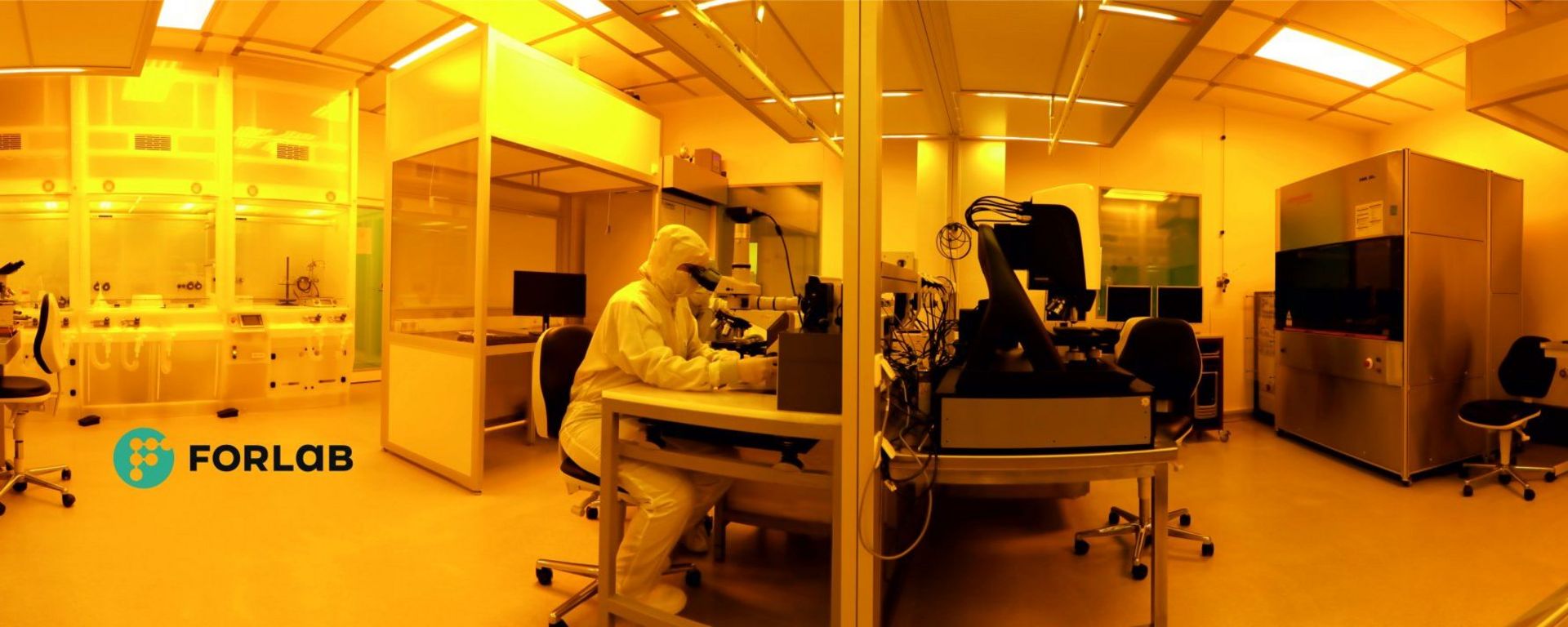Microactuators
"Without speculation, there is no new observation."
Charles Darwin
Complex micro-actuator system concepts are researched mainly on the basis of the "silicon-on-insulator" technology (SOI). The focus is on electrostatic principles and also include fluidic systems that move drops by means of dielectric effects. Much research in this area results from specific questions in applications with requirement profiles for which certain force-displacement characteristics are required.
A current example is an approach for a nano button that is to be optimized and fundamentally researched for different applications in medical technology and materials research. In this application, an integrated measurement is required with which the deflection can be measured in order to also influence the force input into a material to be analyzed via the path control. Fundamental feasibility studies are currently in progress.
As part of the DFG Collaborative Research Center subproject MARIE C12, we are researching micro-reflectors for reflect arrays, i.e. reflector surfaces with which the phase of the incident THz radiation can be set locally so that an array of these reflectors like a group emitter deflects the wave in a targeted manner. The challenge lies in the necessary travel range: the reflector has to be shifted by half the wavelength and thus by up to 600 µm, ideally in defined steps so that a precise, step-by-step beam steering is possible. For this purpose, cascaded electrostatic actuators are currently being researched, which are combined in arrays to form a reflect array.
The aim of basic-oriented work is to develop an integral approach for all electrostatic force effects and their interaction, which so far have largely been used and described separately and actuator-specific.
In the DFG priority program KOMMMA the chair will deal on the one hand with the subproject
"Spatial actuators based on interacting electrostatic effects and their control" and in a second subproject „Kick & Catch“ the defined rotation of a freely moving ball through the interaction of different actuators to achieve, whereby the ball is to be actively moved out of the rest position and also to be captured again in a defined manner. In these projects there is a cooperation with Prof. Christoph Ament (University of Augsburg as well as with Prof. Ulrike Wallrabe (University of Freiburg) and Prof. Tamara Bechthold (University of Wilhelmshaven).
